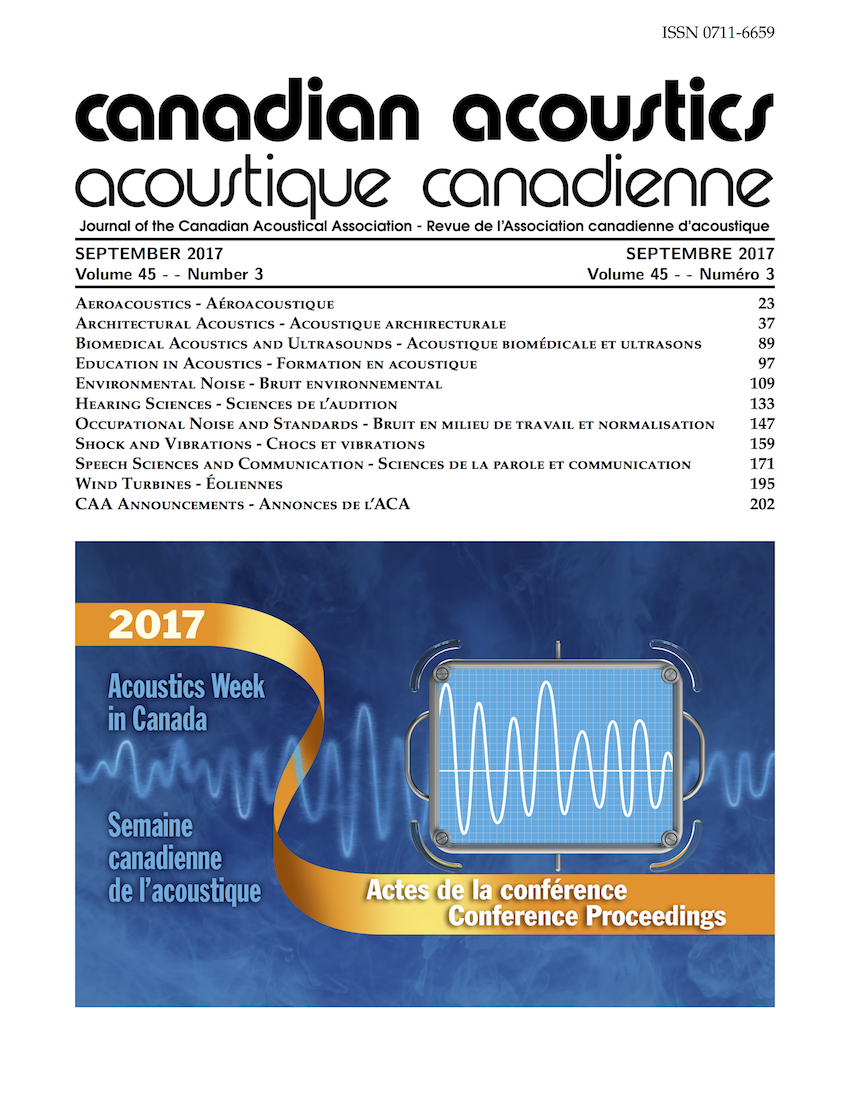EARtrodes: Towards a wireless in-ear custom-fitted brain computer interface
Abstract
Brain-computer interfaces (BCI) can directly translate human intentions into discrete commands, bypassing the motor system. Most non-invasive BCI systems currently in use are based on electroencephalography (EEG) recording technology. While traditional EEG-based BCIs achieve high information transfer rates, these systems are facing important limitations. First, they cannot be used in daily life as they are bulky and sensitive to movement. Second, the scalp caps used to position electrodes are inadequate for social settings. To overcome these two limitations a portable and unobtrusive ear-EEG recording system was developed and tested against a traditional laboratory EEG system. The ear-EEG system senses brain-electrical signals from in and around-the ear, using custom-fitted earpieces. The objective of the current study is to assess if ear-EEG could produce results similar to the ones obtained from conventional EEG apparatus. Miniaturized wet electrodes were installed in a SonoFit™ custom-fitted in-ear audio platform developed by EERS (Montreal, Canada). This in-ear audio platform was coupled with a behind-the-ear piece forming a 5 mini electrodes interface. Auditory steady state responses (ASSRs) were collected with this prototype setup, dubbed “EARtrodes”, and compared to those obtained with a well-established, wired laboratory EEG recording system, the Rotman MASTER research system developed at the Baycrest Centre (University of Toronto, Canada). Although EARtrodes' signals show lower amplitudes, corresponding signal-to-noise ratios were similar with both systems. As a consequence, the proposed EARtrodes seems to be a promising candidate for future small, mobile, and unobtrusive BCI platforms, but further research is needed to investigate event-related potentials obtained from an auditory oddball and a mismatch negativity paradigm to further support such statement. In the long term ear-EEG systems like EARtrodes could be merged with other audio devices, such as hearing aids and headphones, to build next-generation devices that dynamically adapt to the listener’s intentions and cognitive state changes.Additional Files
Published
How to Cite
Issue
Section
License
Author Licensing Addendum
This Licensing Addendum ("Addendum") is entered into between the undersigned Author(s) and Canadian Acoustics journal published by the Canadian Acoustical Association (hereinafter referred to as the "Publisher"). The Author(s) and the Publisher agree as follows:
-
Retained Rights: The Author(s) retain(s) the following rights:
- The right to reproduce, distribute, and publicly display the Work on the Author's personal website or the website of the Author's institution.
- The right to use the Work in the Author's teaching activities and presentations.
- The right to include the Work in a compilation for the Author's personal use, not for sale.
-
Grant of License: The Author(s) grant(s) to the Publisher a worldwide exclusive license to publish, reproduce, distribute, and display the Work in Canadian Acoustics and any other formats and media deemed appropriate by the Publisher.
-
Attribution: The Publisher agrees to include proper attribution to the Author(s) in all publications and reproductions of the Work.
-
No Conflict: This Addendum is intended to be in harmony with, and not in conflict with, the terms and conditions of the original agreement entered into between the Author(s) and the Publisher.
-
Copyright Clause: Copyright on articles is held by the Author(s). The corresponding Author has the right to grant on behalf of all Authors and does grant on behalf of all Authors, a worldwide exclusive license to the Publisher and its licensees in perpetuity, in all forms, formats, and media (whether known now or created in the future), including but not limited to the rights to publish, reproduce, distribute, display, store, translate, create adaptations, reprints, include within collections, and create summaries, extracts, and/or abstracts of the Contribution.


